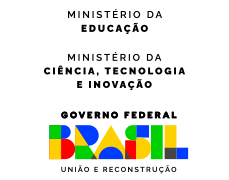Learning math in twenty minutes
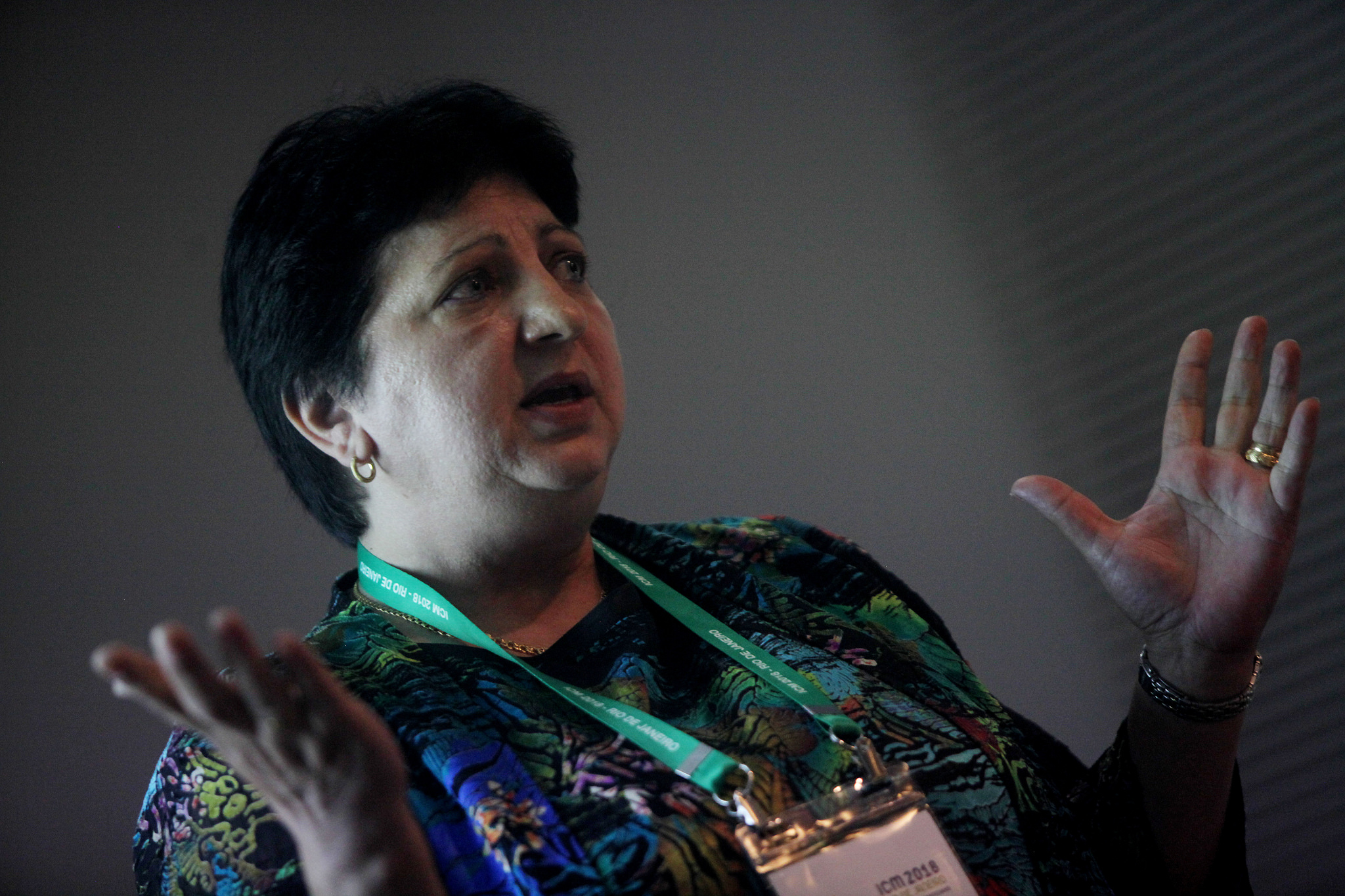
Constanta Olteanu
In a series of 20-minute presentations, math teachers from all over the world shared their best tips in optimizing math education for students ranging from elementary to graduate level.
Paula Monteiro Baptista is a math teacher who works with Brazilian professor Ana Maria Martensen Roland Kaleff to develop unique strategies in teaching 8 to 15-year-old students geometry. The activities they developed teach geometry to students backward. The names of the concepts are not introduced until the very end. In one activity, the students are given a printed image and a mirror. Another handout shows reflective images that they must replicate with the mirror. By placing the mirror on the original image, the students are learning about the “axis of symmetry.”
Read more: How Maryna Viazovska cracked the Higher Dimension Sphere Packing Code
Exhibition connects Math to Nature and Beauty
Lesson Study can help kids supersede math difficulty
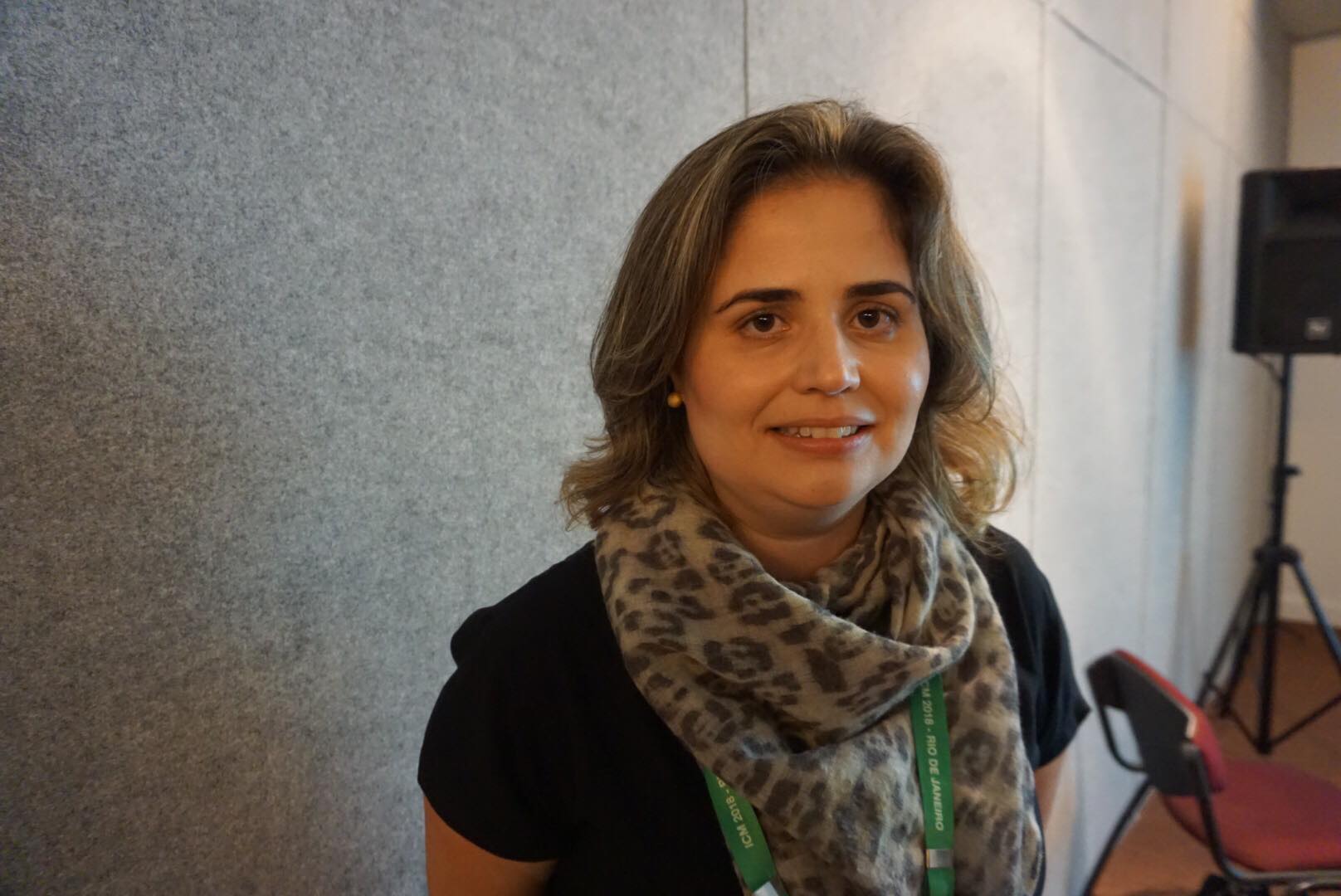
Paula Monteiro Baptista
Antti Rasila, of Aalto University in Finland, helped to create a consortium of universities that provide high-level teaching math materials online. So far every university in Finland is a member of the consortium, Abacus Materia Bank, and other universities outside of Finland are starting to join.
“It’s like a potluck,” Rasila said. “We have a picnic together and everybody brings his or her own additions to the meal.”
These materials are not freely available to the internet. The Abacus Materia Bank is special because it was specially built to include materials that help people learn advanced mathematics.
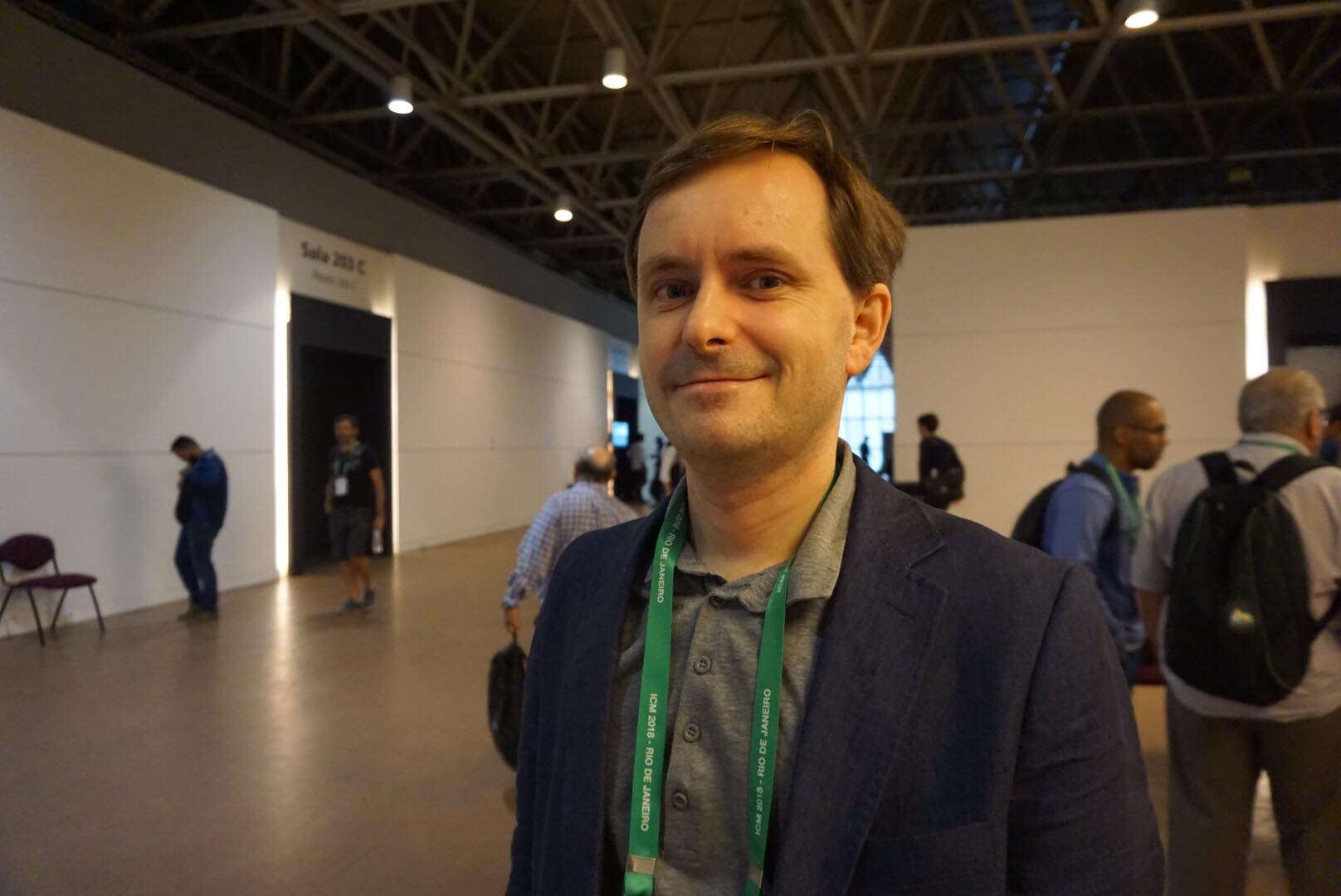
Antti Rasila
“I’m afraid that e-learning will make people stupid,” Rasila said. “So I wanted to develop a learning platform that will allow for real mathematics.”
Constanta Olteanu, a professor in math at Linneaus University in Sweden, presented her research project that analyzed specific tactics for variation learning in math. When using variation theory a teacher will identify the aspects of the lesson content that is critical for students’ understanding. The teacher can then use patterns of variation in these critical aspects to help students to discern differences and therefore learn. Olteanu studied students and teachers over the course of three years and compared different math teaching tactics. She also introduced the concept of rhizomatic thinking, which involves creating new connections at every point. In the end, Olteanu’s research found that recycling and repetition are two concepts that can be used to create variation in the choice of different examples.
The husband and wife pair of David Torain and Sandra Richardson talked about their experiences in organizing research for undergraduates in math. Richardson works in undergraduate education at the National Science Foundation in the United States. Although the goal of undergraduate and graduate research are the same, the lower level of undergraduates makes the process much different, she said. She also said that undergraduate research increases retention in STEM disciplines provides career preparation, engages students in hands-on learning and helps students to develop critical thinking skills. David Torain explained an example of student research that he spearheaded at Montgomery College, where he is a professor of math. Two students used Laplacian constraints to analyze traffic flow in Washington D.C.
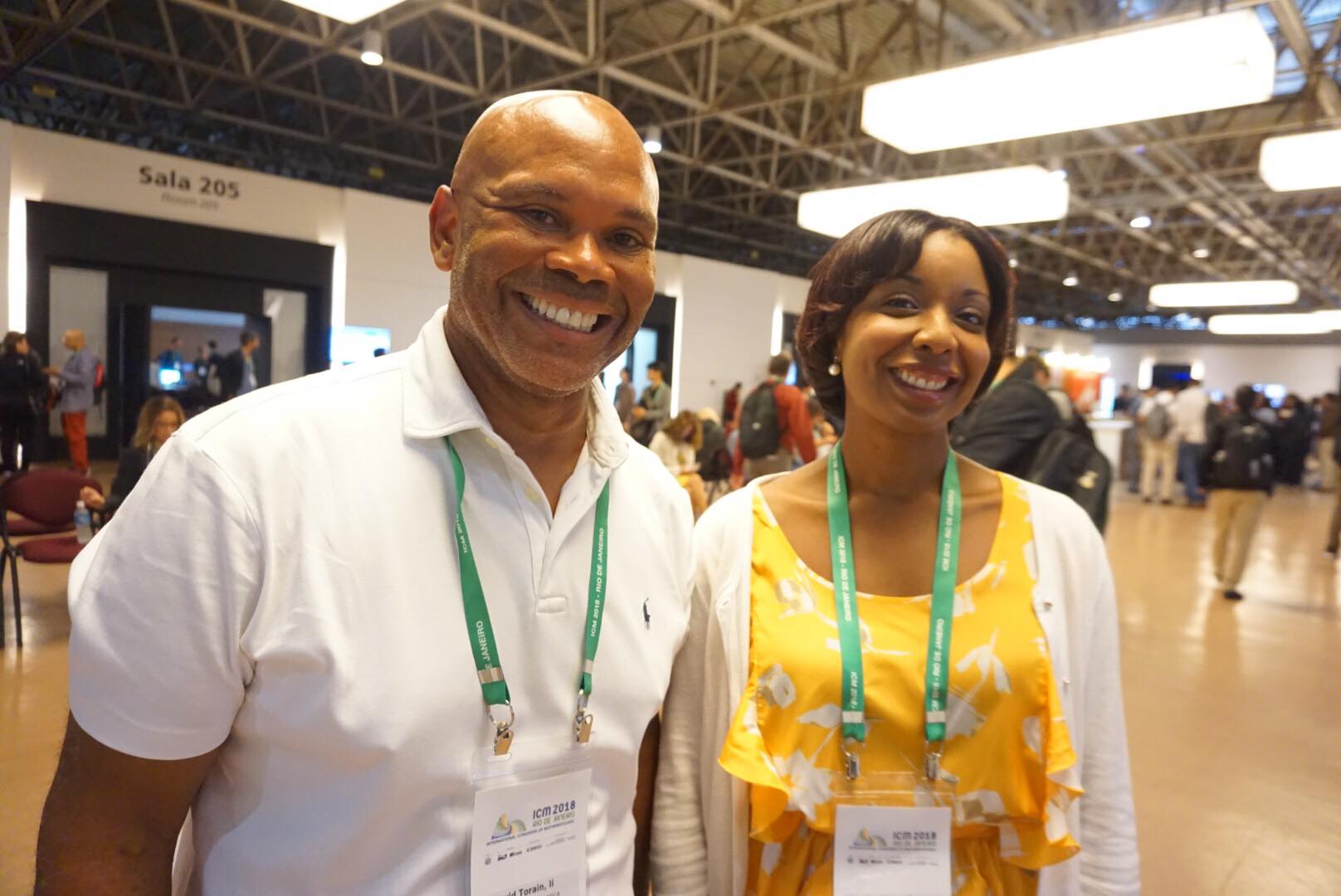
David Torain and Sandra Richardson
